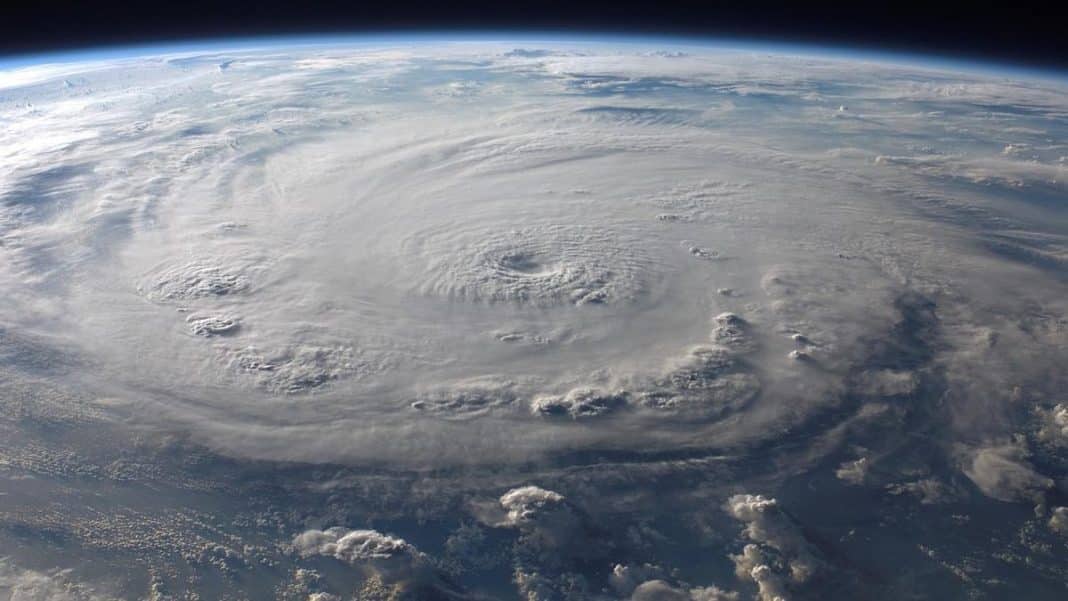We recently experienced typical winter weather for the first time and now the focus is increasingly on understanding what winter has in store for us.
The reality we are facing is very different and the last few winters prove it. Therefore, it would already be sensational if next winter the lost normality could be recovered for several years. A simply normal winter, with room for cold and snow, would be an absolute novelty.
The arrival of frost and snow next winter will depend on the behavior of the Polar Vortex. In fact, frost and snow waves, but in general the weather conditions during the winter season, are often triggered by the behavior and evolution of this fundamental atmospheric figure.
Winter is only a few weeks away, and we have already had our first taste of it in these days of November with snowfall at very low altitudes thanks to a rather intense activity of the Polar Vortices. From December onwards, it will be necessary to follow closely what happens at high latitudes and not only the dynamics that develop in our country.
According to weather models, the coming weeks will be characterized by a rapid alternation of periods of high and low pressure over Europe, accompanied by important movements of air masses. In particular, episodes of very warm air are expected, followed by strong temperature drops, with a risk of cold waves in Spain. This situation is linked to stratospheric warm phenomena (Sudden Stratospheric Warming, SSW), which destabilize the polar vortex the polar vortex, which favors an increase in the exchange of air masses, is more probable in the second part of the winter.
The hypothesis, for the moment, is that the winter could be characterized by cold phases of short duration in a context characterized by above-average atmospheric stability, as we have experienced more and more frequently in the last period. It is not excluded, however, that these phases, although rapid, may provoke phenomena of some importance, including snow at low altitudes or even on the plains.
Winters are changing
In recent decades the climate has undergone several transformations until the recent increasingly accelerated warming. An important period, thinking of winters in other eras, dates back to the early 20th century. More than a hundred years ago, cold and often snowy seasons occurred very frequently, even in the plains.
We must necessarily draw on the climate of the past, to compare it with what we are experiencing these years, and also predict the future. To project forward it is necessary to know our climate and its fluctuations but we need a basic foundation: the climatic normality that appears distorted as never before.
Winters in Spain have really changed all their characteristics. Climate is a concept that describes the average weather conditions in a specific area over a thirty-year period.
The first part of December 1984 saw the anticyclone dominating much of Europe . This resulted in stable weather conditions, with the Icelandic trough confined mainly to the Atlantic Ocean and able to influence the northern countries of the continent, as far as Scandinavia.
These were typical December conditions, when the polar vortex is strongest; no one could have expected a historic cold snap . The Russian anticyclone, in that December 1984, extended its influence over the plains of European Russia, with freezing maximum temperatures being recorded towards the Caspian Sea.
The real novelty was the prediction of a Stratwarming in late November, which could have caused a destabilization of the polar vortex in the following weeks. As a result, some regions of our hemisphere could experience potentially significant cold waves.
The weakening of the polar vortex does not cause a general cooling in the hemisphere, but rather the formation of atmospheric waves. The cold or frost only affects certain areas, while others are affected by the heat. The Stratwarming announcement did not involve snowfall or frost in our country .
The high pressure regime prevailed over Spain and much of Europe for more than mid-December, as may be the case again this year. The real frost wave broke out at the end of the month in northeastern Europe a prelude to what was to follow in the rest of the continent and Spain.
The usefulness of a comparison with 1984 lies in the fact that the analysis of the past climate remains of fundamental importance . Each vintage has its particularities and it is undeniable that the climate in recent years has changed completely. However, extreme frosts can always occur even in such a hot climate.
For the full article, please visit Diario de Ibiza website here.

